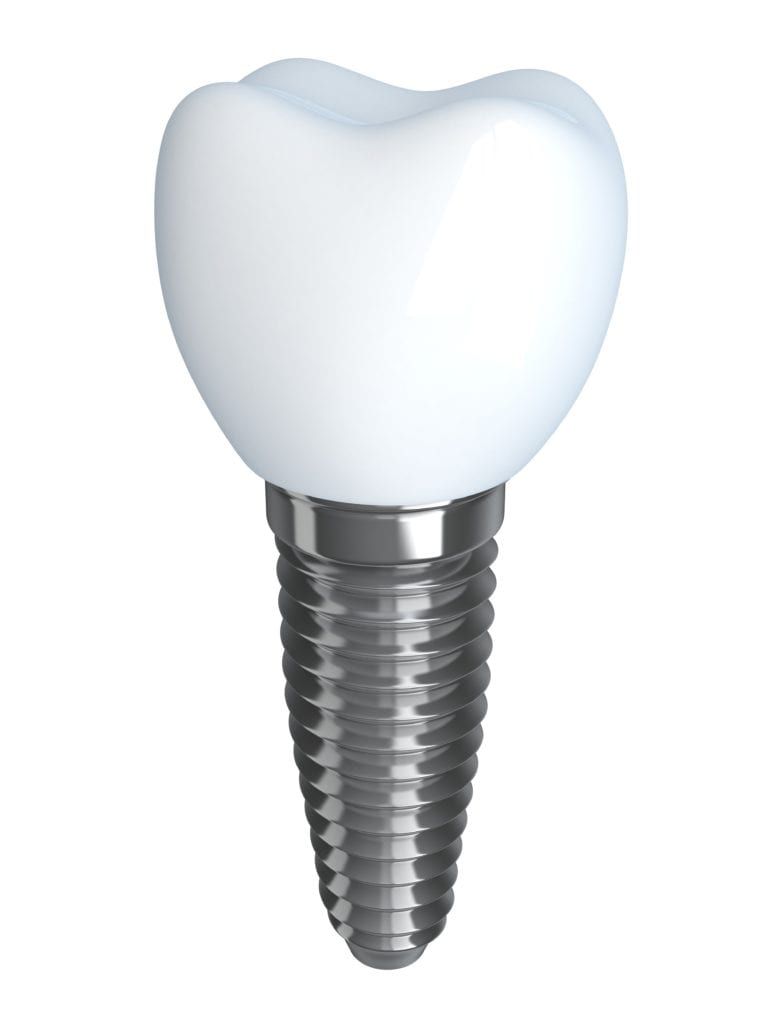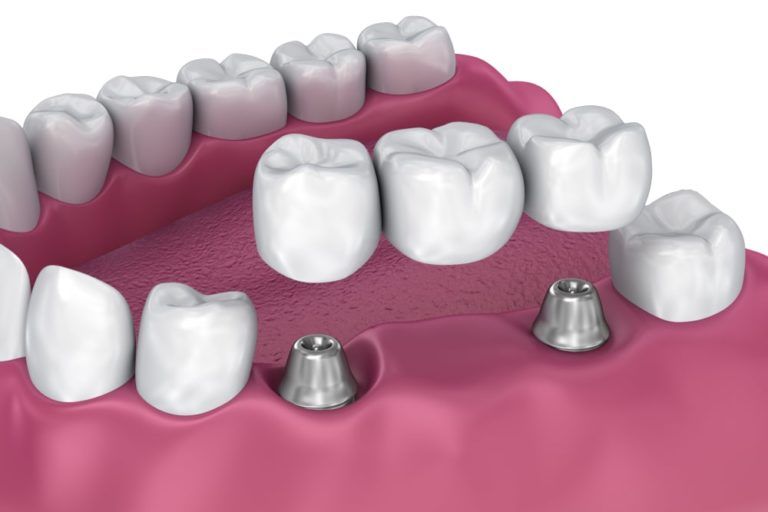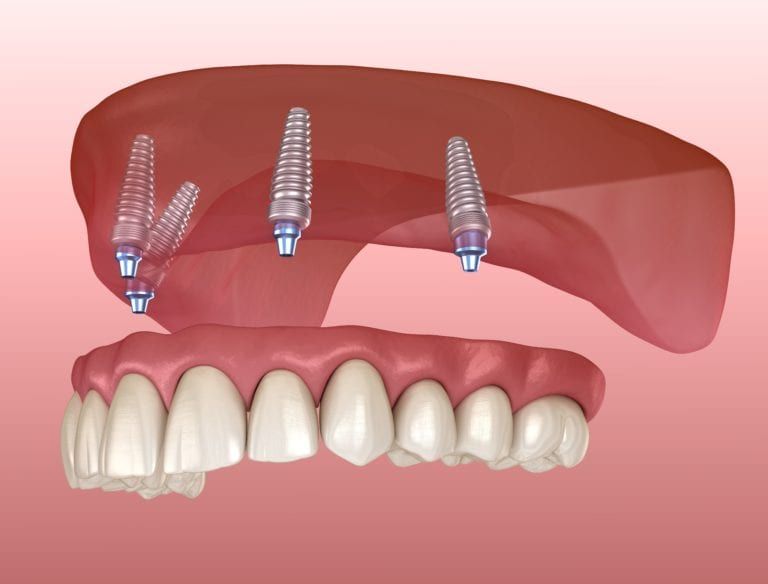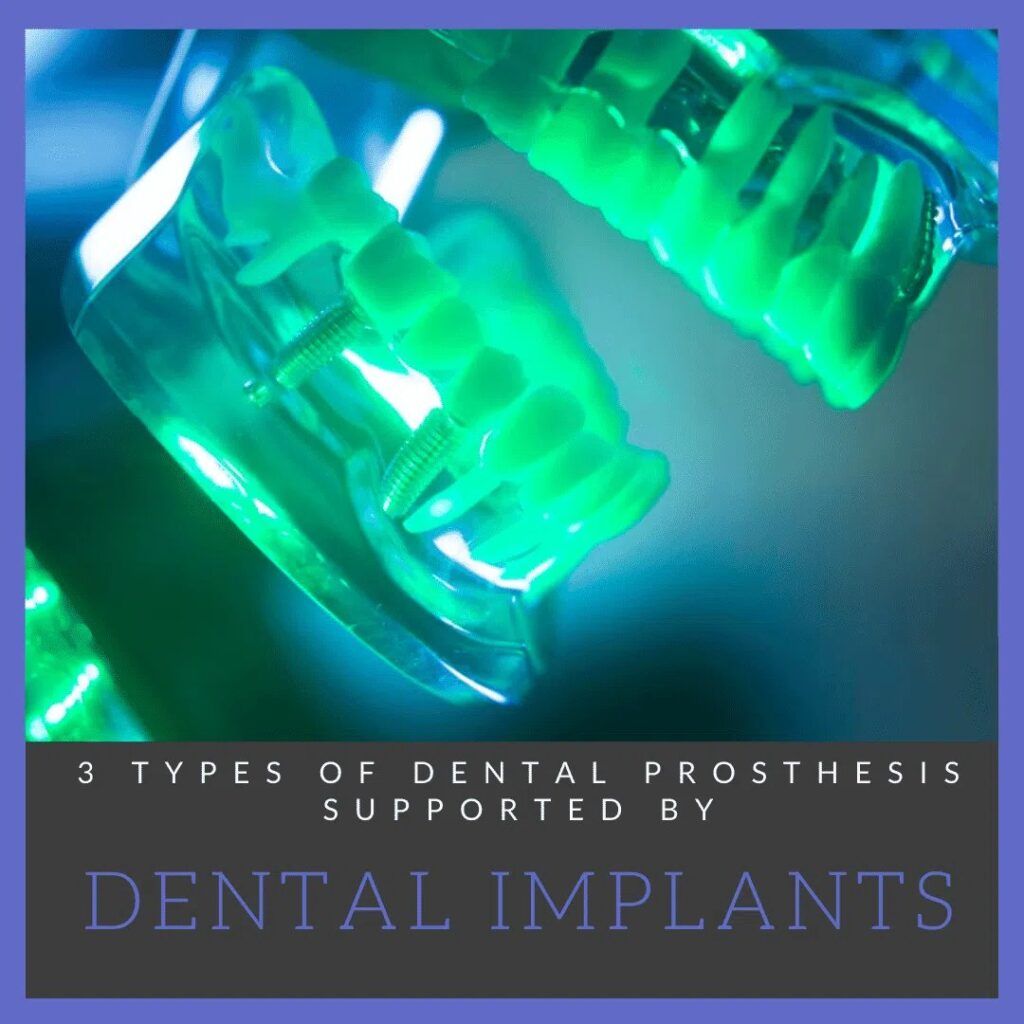Dental implants are considered to be the gold standard of restorative dental methods. They are artificial tooth roots that fuse with the surrounding bone and provide the necessary stimulation to preserve bone mass despite tooth loss. Their ability to fuse with the jawbone also makes them exceptionally durable and long lasting. When it comes to replacing missing teeth, there is no better option than dental implants.
Dental implants also offer different options in restoring missing teeth. They can replace a single missing tooth, multiple missing teeth, and an entire mouth of missing teeth. In some cases, dental implants can also be used as a replacement for severely damaged or decayed teeth. The versatility of dental implants can be attributed to their ability to be used in coordination with different dental prosthetics. There are three types of dental prosthetics that can be used with dental implants, including:
Crowns

A traditional crown is intended to encapsulate a natural tooth whose structure has been severely affected by damage or decay. By encapsulating the tooth, crowns protect the tooth and improve its appearance. When used in coordination with dental implants, they are known as implant-supported crowns. Implant-supported crowns do not fit over natural teeth, rather they fit over the abutment, which is a connection between the crown and the implant. This fills in the gap left by a missing tooth and restores both appearance and function. To place an implant-supported crown, your implant dentist will make an incision in the gums, prepare the jawbone, and place the implant. While the implant heals, you will have a temporary crown. Once the implant has fused in place, then the permanent crown can be fabricated.
Bridge

A traditional bridge uses two dental crowns placed over natural teeth on either side of one or more fake teeth used to fill the gap left by missing teeth. However, with an implant-supported bridge, one implant on either side is used as support. Implant-supported bridges make it easy to replace multiple adjacent missing teeth while only requiring the placement of two dental implants. These two implants are placed using the same method as implant-supported crowns.
Denture

Traditional dentures are removable sets of fake teeth supported by an acrylic base that uses suction to stay attached to the gum tissue. They are used to replace an entire arch of missing teeth and are often used for replacing an entire mouth of teeth. It is important to note that dentures are only used when there are no remaining natural teeth, or when the existing natural teeth are in need of extraction. When dentures are stabilized using dental implants, this prevents them from slipping and makes it easier to talk and eat. In most cases, four dental implants are placed to support a denture. Because of this, implant-supported dentures are often known as all-on-four implants. In some cases, however, additional implants may need to be placed to provide the necessary support.
Overall, dental implants offer people with missing teeth multiple options for tooth replacement depending on the type of prosthetic they are used with. A single missing tooth can be replaced with an implant-supported crown, while multiple missing teeth can be replaced using an implant-supported bridge or implant-supported denture. If you have one or more missing teeth, speak with an implant dentist today to determine which option would best fit your smile.

